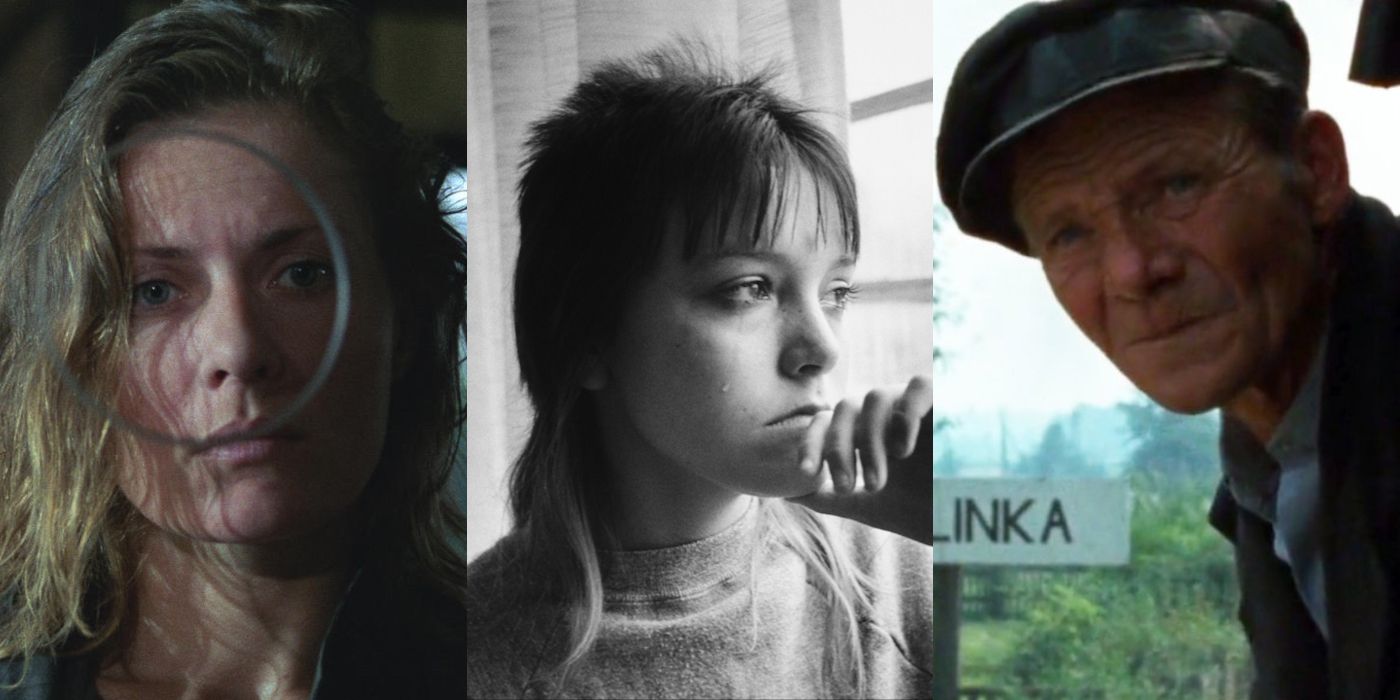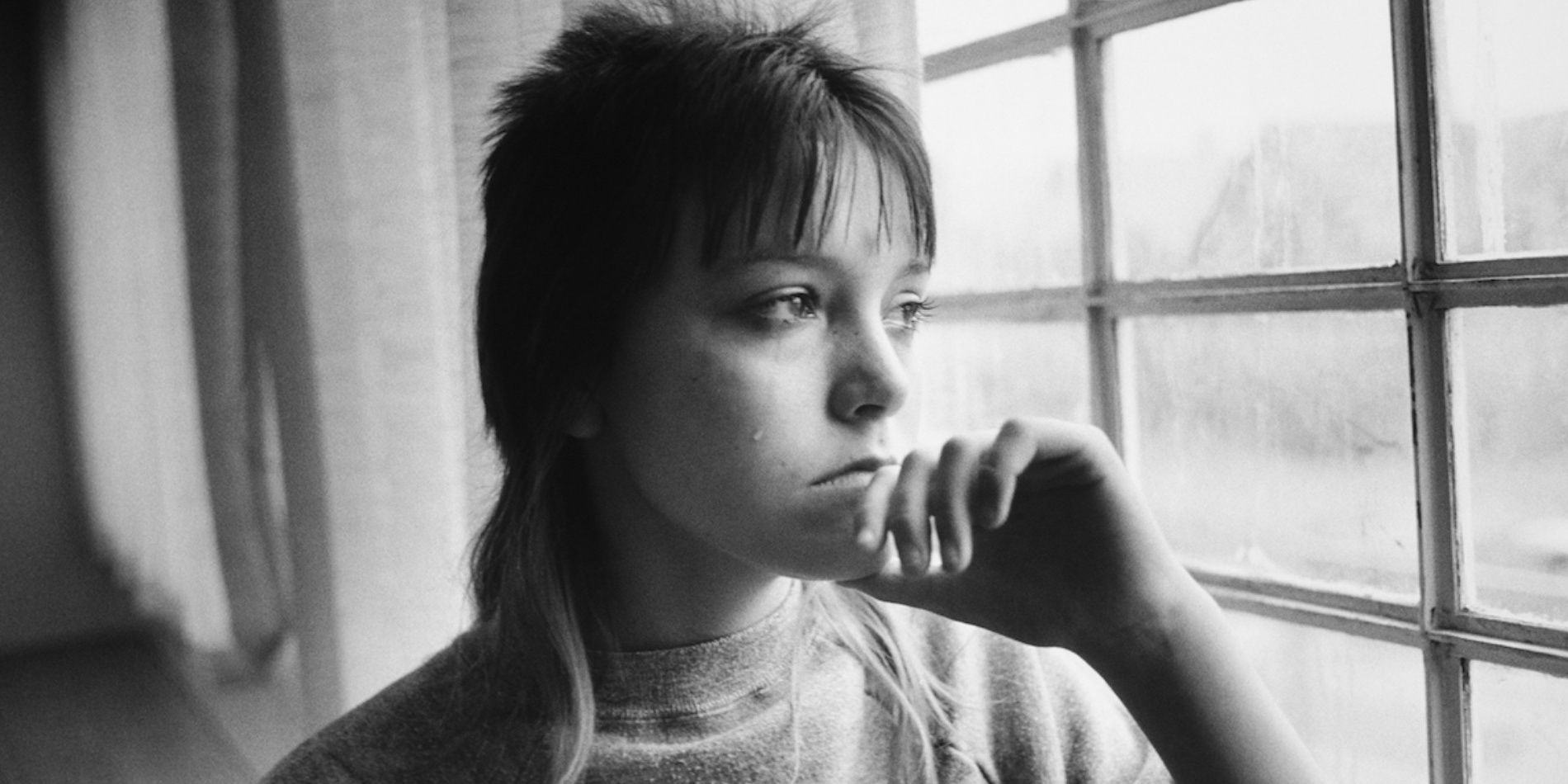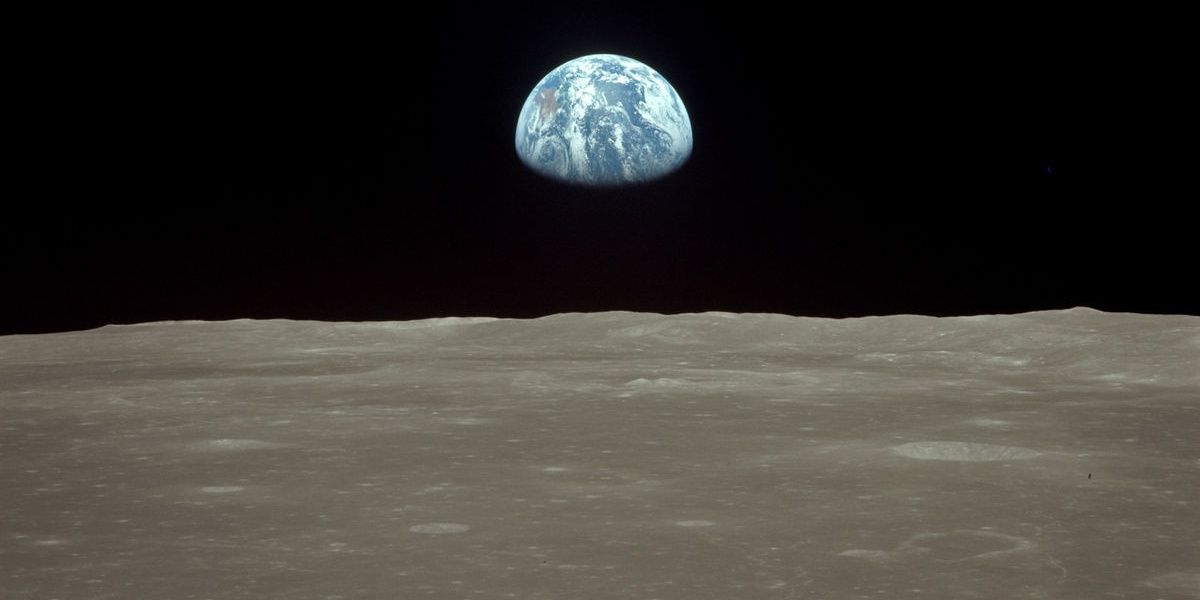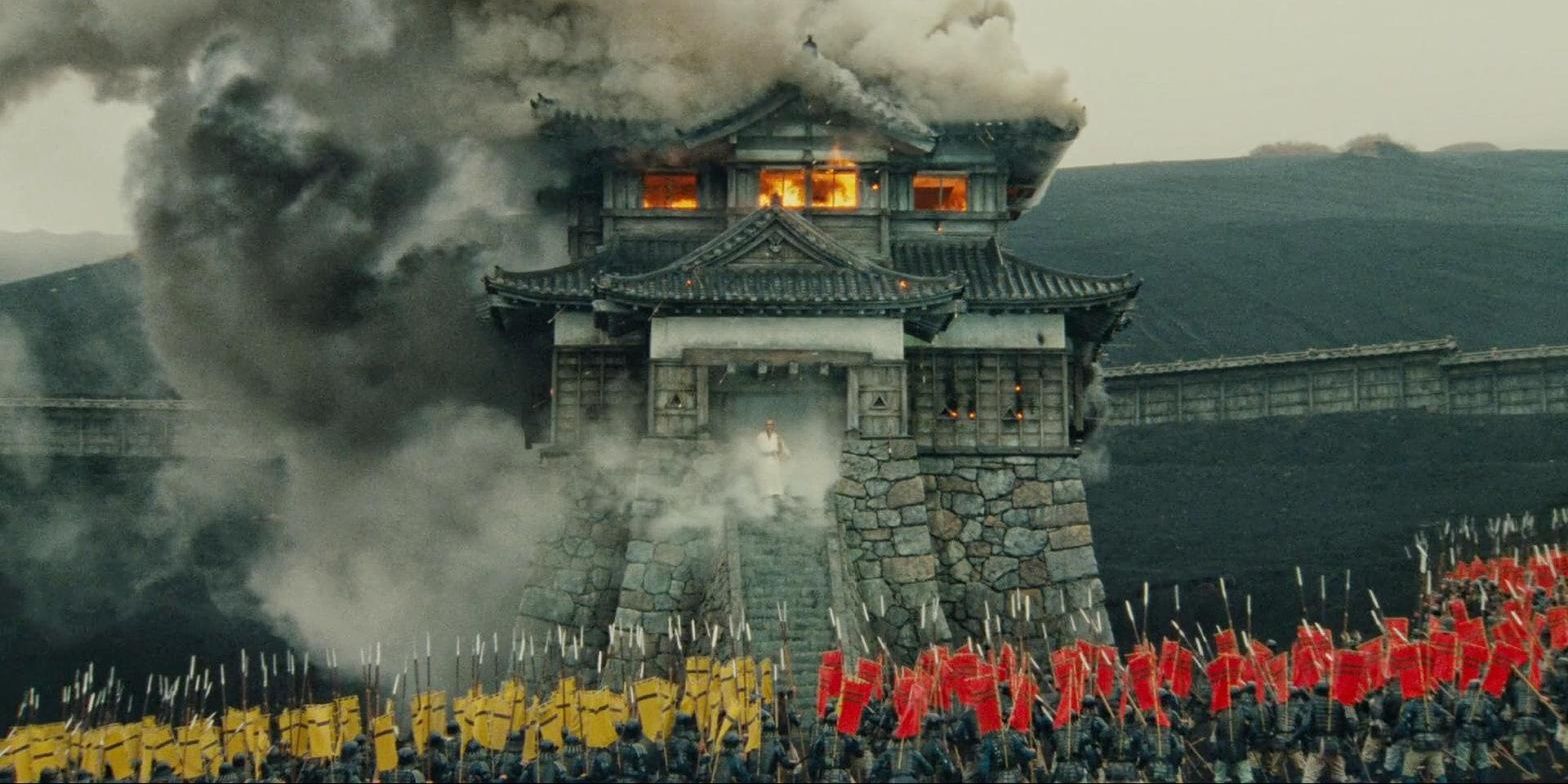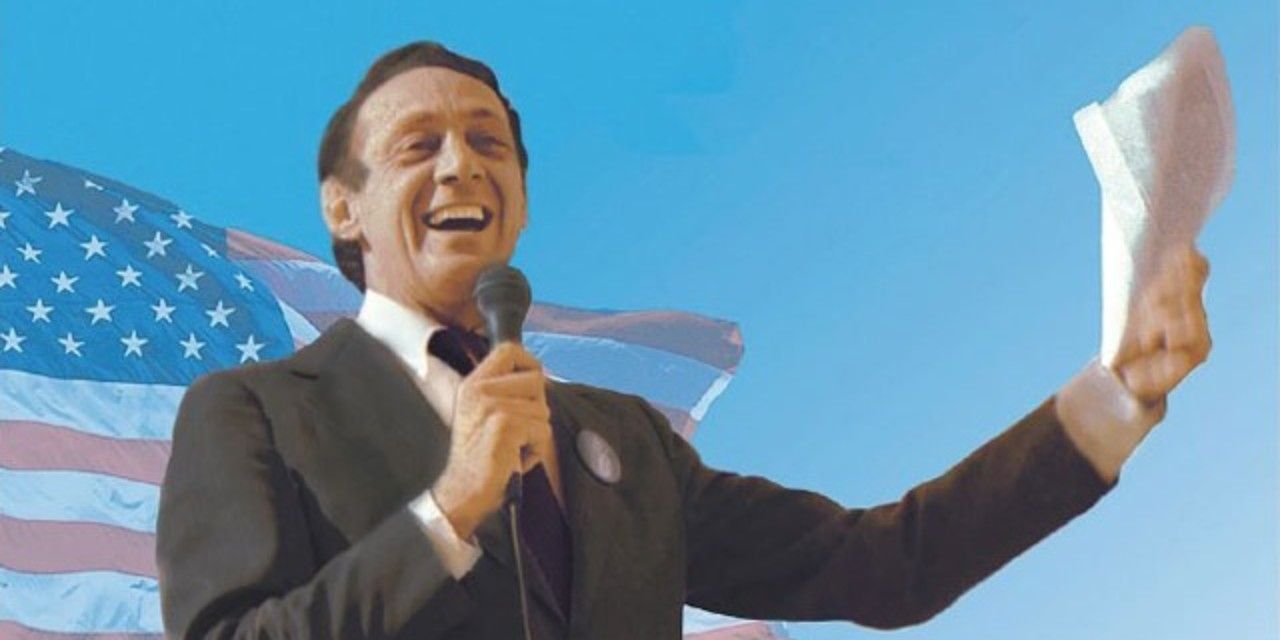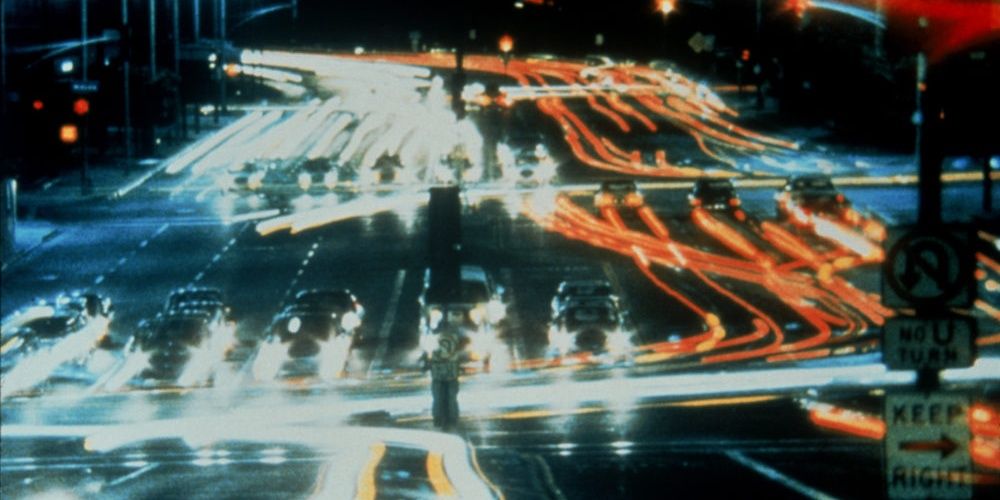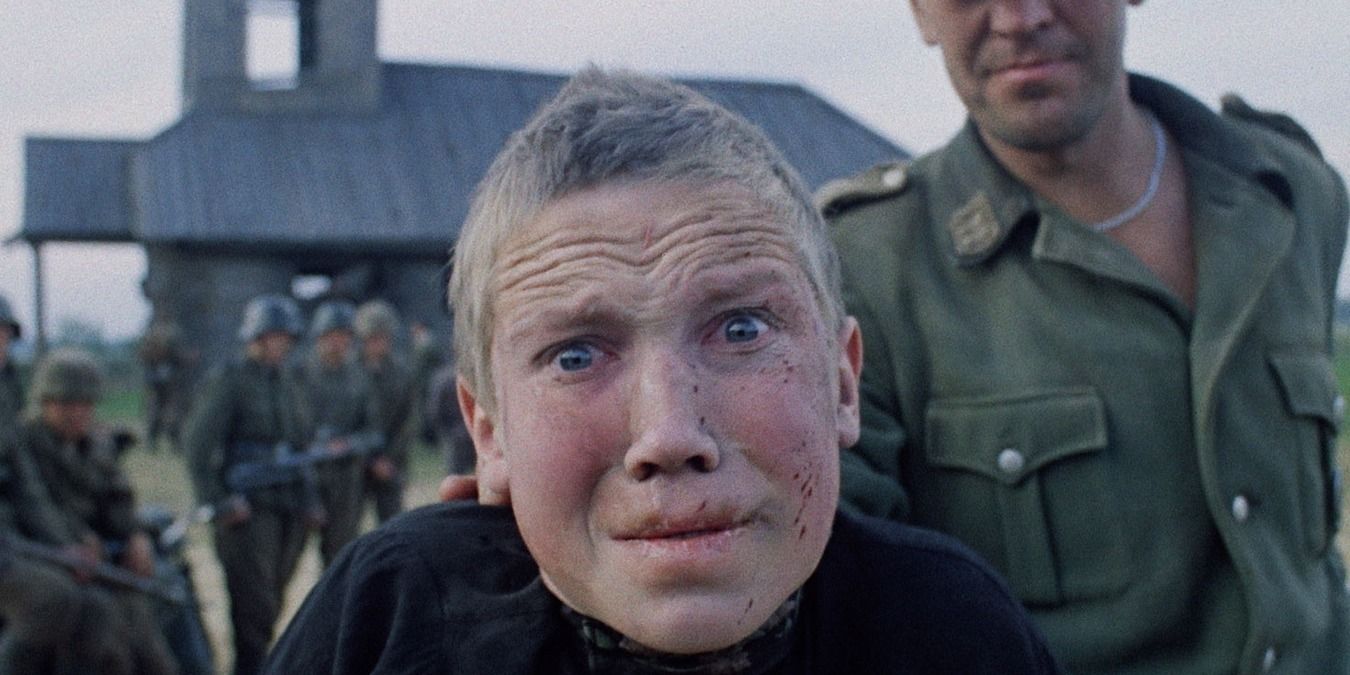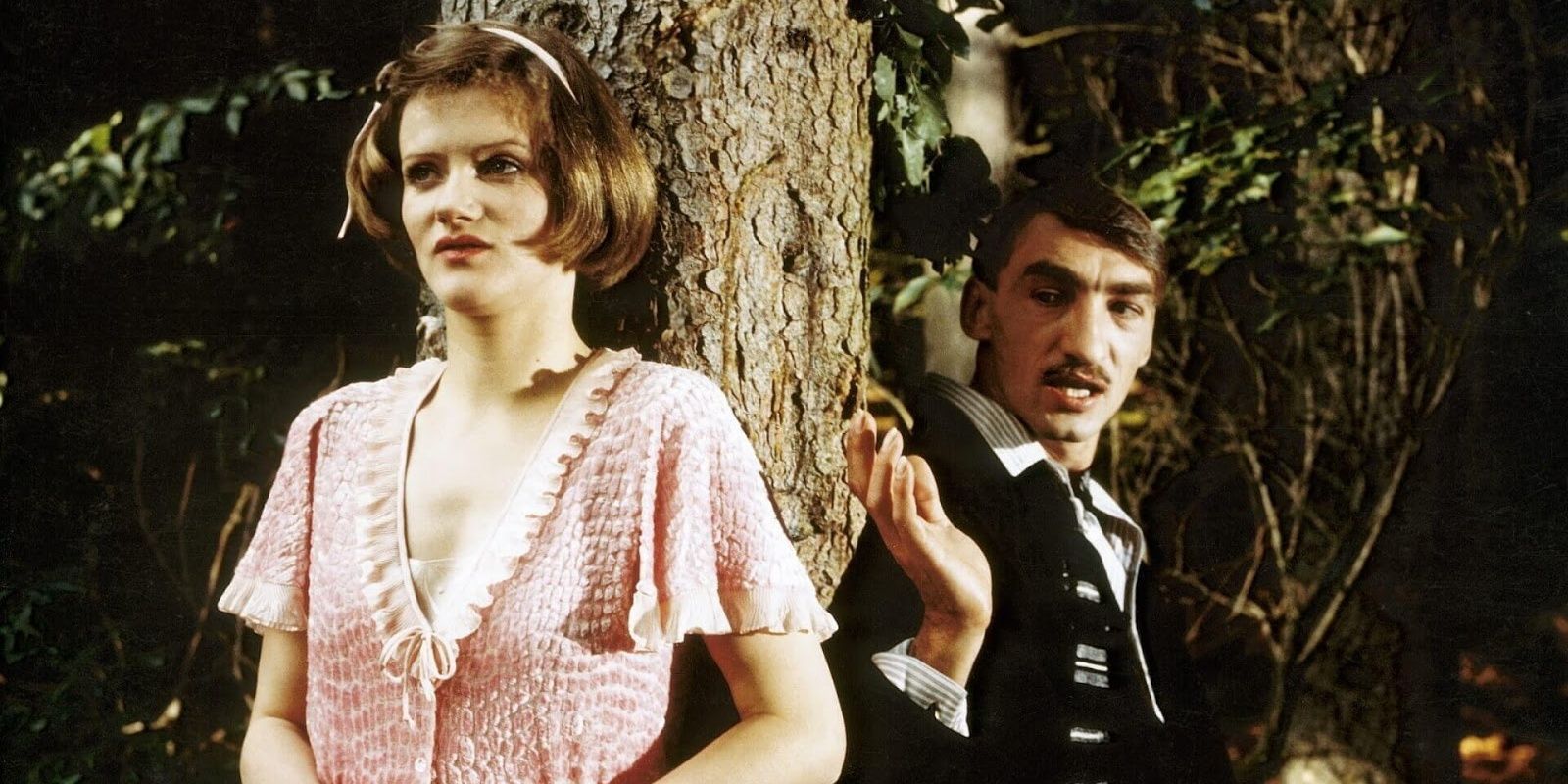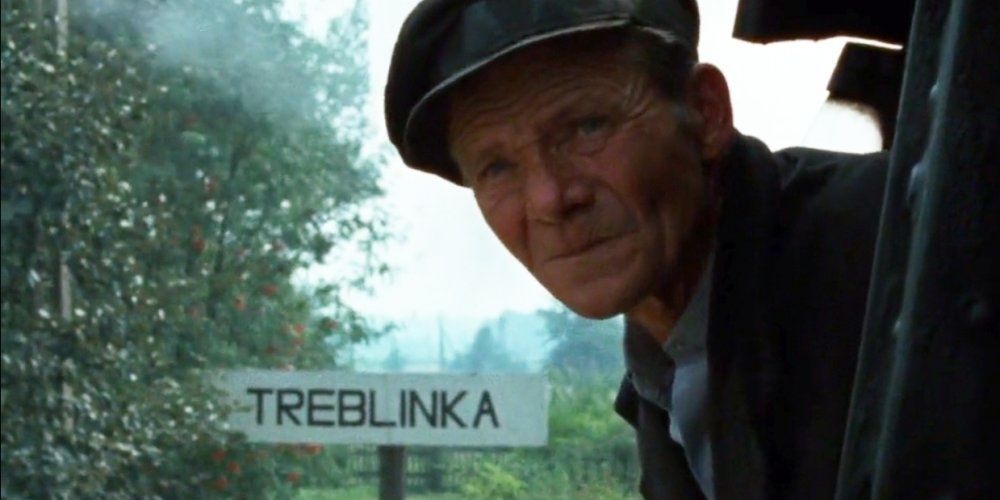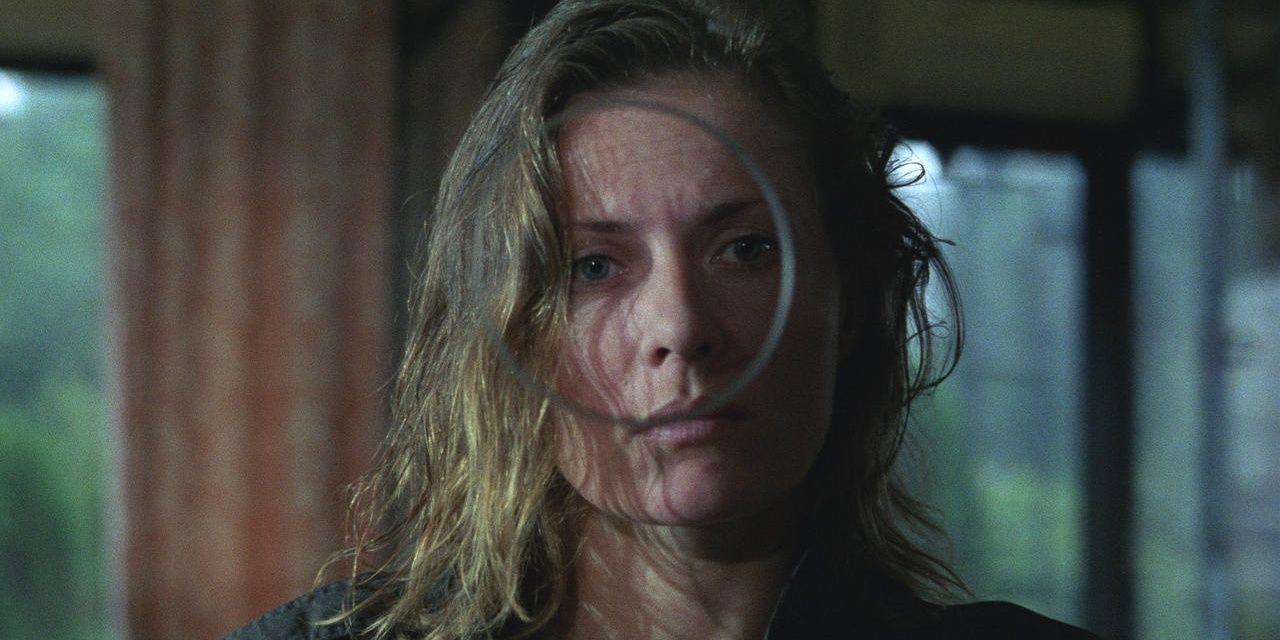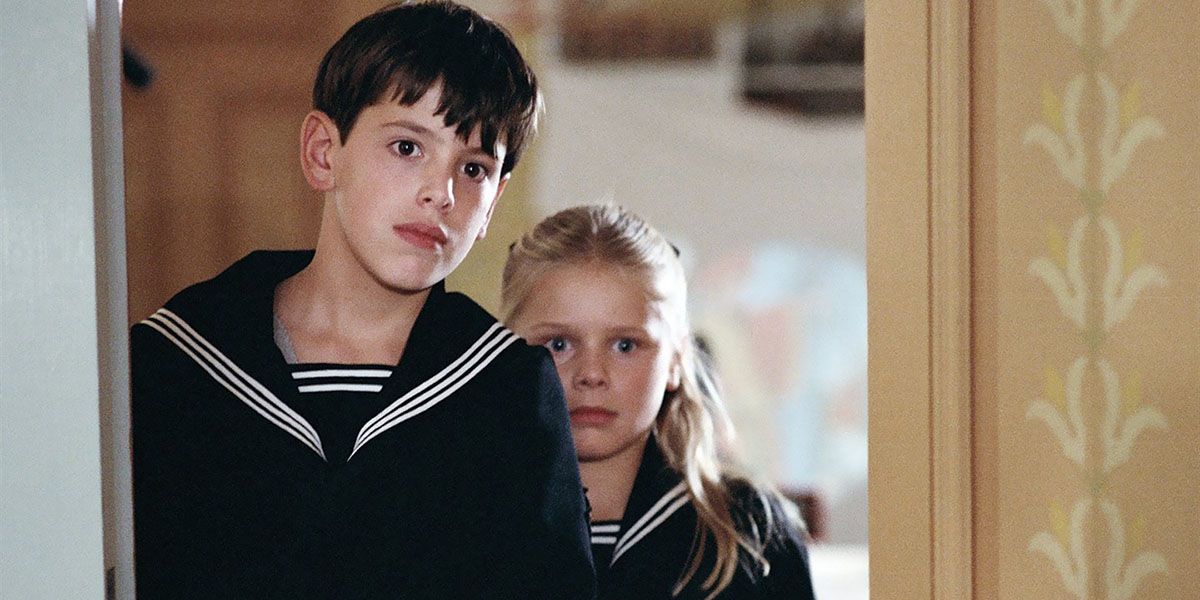There are few, if any, movie distribution companies that have gained as much recognition and love in the world of cinema as the Criterion Collection.
The company selects the greatest representatives of world cinema and releases them as exclusive editions for cinephiles to purchase. The company also has a renowned streaming platform that began in 2019. Criterion movies often come with extra features, such as director's commentary, behind-the-scenes footage, or short films on the making of the movie. From the works of Akira Kurosawa to Charlie Chaplin's creations, Criterion has it all and offers some particularly interesting classics from the '80s.
Streetwise (1984) - 8.2
Streetwise is both a very sad and a very important documentary that highlights such a serious yet little talked about issue as youth homelessness. It was nominated for the Academy Award for Best Documentary Feature, and even though its story is tragic, the lives of the participants didn't change much after the documentary was released.
The documentary chronicles the lives of a group of teenagers and young people living on the streets of Seattle, trying to make ends meet and survive.
For All Mankind (1989) - 8.2
Another documentary, For All Mankind was also nominated for the Academy Award for Best Documentary Feature after winning the Grand Jury Prize Documentary and the Audience Award Documentary at the Sundance Film Festival. The filmmakers used original NASA footage of the Apollo program to create the documentary.
The movie uses footage from different missions and interviews with the Apollo crew to depict the first successful trip to and landing on the Moon.
Ran (1985) - 8.2
Akira Kurosawa's Ran is considered one of his greatest works and a masterpiece of world cinema. The most expensive Japanese movie made up until that time, it is considered the director's last epic and is particularly notable for its expert use of color.
Inspired by William Shakespeare's King Lear, it follows an aging warlord who decides to give up the throne and let his three sons take up the roles of the rulers.
The Times Of Harvey Milk (1984) - 8.3
Another documentary nominated for the Academy Award for Best Documentary Feature, The Times of Harvey Milk also won the Special Jury Prize at the Sundance Film Festival.
The documentary follows the career of Harvey Milk, who became the first openly gay elected official in the history of California, and who was later assassinated.
Koyaanisqatsi (1982) - 8.3
Koyaanisqatsi is an experimental documentary that is considered a cult film in its own right. A part of the director's Qatsi trilogy, it is the first installment and by far the most well-known.
The documentary uses time-lapse and slow-motion footage of different cities and landscapes in the U.S. There is no dialogue or narration, but music and imagery set the tone instead. The title can be translated from Hopi language to "life out of balance."
Come And See (1985) - 8.3
The Soviet anti-war movie Come and See is considered one of the greatest movies ever made, both in its genre and beyond it. Though it was selected as USSR's entry for the Academy Award for Best Foreign Language Film, it wasn't accepted. Yet, it won two awards at the Moscow International Film Festival and later, in 2017, it won the Venice Classics Award for Best Restored Film.
Set during the Nazi occupation of Belarus during WWII, the story follows a teenage boy named Flyora who joins the resistance against his mother's wishes, which leads him to experience the horrors and atrocities of the Nazi regime in his own village.
Berlin Alexanderplatz (1980) - 8.6
Despite originally being broadcast as a 14-part miniseries in West Germany, Berlin Alexanderplatz would go on to premiere in the United States as one theatrically released film that was 931 minutes long.
Set in 1920s Berlin, it follows Frank Biberkopf, who is released from prison and decides to abandon his criminal lifestyle in favor of being a good citizen. Yet, he soon gets inadvertently involved in criminal activity again.
Shoah (1985) - 8.7
The documentary Shoah was widely acclaimed as one of the greatest documentaries ever made and one of the most prominent to document recent history. Critically lauded, it holds a perfect, 100 percent score on Rotten Tomatoes.
The movie uses the director's interviews with the survivors, witnesses, and perpetrators of the Nazi Holocaust sites throughout Poland, which includes the concentration camps.
Dekalog (1989) - 9.0
Though originally a drama series, Dekalog is often referred to as a single unit and is arguably director Krzysztof Kieslowski's greatest work.
The series consists of 10 hour-long parts inspired by the Ten Commandments, with each part examining a particular moral or ethical dilemma. The characters all live in one apartment building in 1980s Poland.
Fanny And Alexander (1983) - 9.1
Fanny and Alexander has both a phenomenal story within it and an equally peculiar history about its origins. It was originally intended to be a TV miniseries by director Ingmar Bergman but was then cut to an almost half shorter version for a theatrical release, which premiered first. The theatrical cut was very well-received and won four Academy Awards, including Best Foreign Language Film and Best Cinematography. The original TV version was later released, as well (the rating here is for the miniseries version).
Taking place in the early 20th century in Uppsala, Sweden, it follows two siblings, Fanny and Alexander, whose father dies and whose mother then marries a bishop who is abusive towards the boy.

